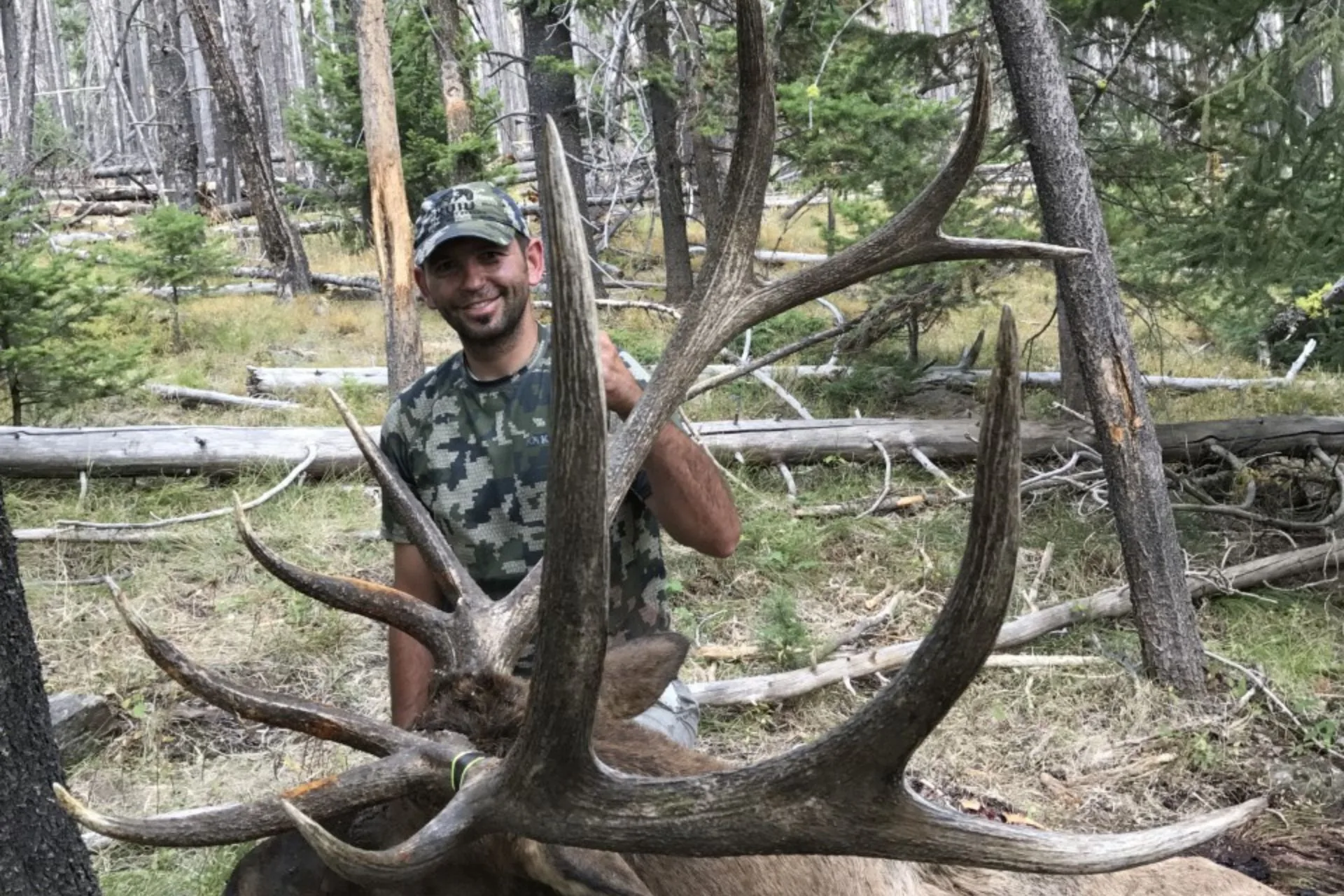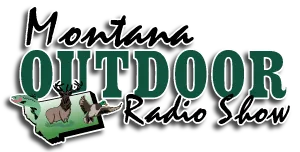Elk hunting has become the epitome of modern hunters. Archers and firearm hunters target elk more than ever before. Their huge antlers, tasty meat, and challenges make elk a prime bucket list for every hunter.
Montana is certainly a great place for elk to thrive. Thanks to hunters and smart wildlife management, elk are abundant. Many hunters from around the world gather in Big Sky Country to tag their bulls. Sadly, this has made hunting harder for resident hunters who are being impacted by less public access and more competition.
The first rule of elk hunting is to “Hunt where there are elk!” After that, it’s up to the hunters’ skills to finish the hunt.
Where the elk are changes seasonally and after hunting pressure begins. The weather also will determine where the elk are or will be.
At one time, elk were more of a plain animal. Seeing and smelling great distances kept them safe. With the introduction of longer-range weapons, elk had to change where they lived. They moved into the dense, forested mountains. Seasonally, they migrate to and from areas that provide their needs for food, breeding, and survival.
Elk prefer being isolated but once the shooting starts, predators arrive, and the weather turns cold, they migrate to lowlands. These prime lands are mostly private and allow limited access or hunting.
Areas that were once popular elk hot spots have become no elk zones. Grizzly bears, lions, and wolves have taken over. Calves are a preferred prey, and the next generations of elk are frequently killed. That means that future elk will go to where they can survive.
Valleys that were once full of fall bugling bulls have become silent. The bulls tend to be in parks, suburbs, remote areas, and in private non-hunting areas. They are there because they can survive there.
To follow the first rule of elk hunting you need to find the elk. My favorite elk season is early archery season. Finding rutting bulls is amazing. Later gun seasons allow hunters to target elk from longer ranges, which requires fewer hunting skills than getting close enough to use an arrow at 20 yards.
Scouting is required. If you plan to hunt elk in the mountains, you need to explore. Look for sign, sound, and rubs. Locate wallows and plan ahead. Without thorough scouting, you will be hunting blind.

It takes several days to tag a bull. Rarely does this happen in a few hunts. I truly believe that an archery hunter may only get one perfect opportunity a season. If you are not ready or practiced, you will miss out. The best archery hunters have learned from many mistakes. Normally I need 7-10 days on the elk to get that perfect opportunity. You also need to be healthy and able to hunt elk in the high mountains and pack out hundreds of pounds of meat. This is why elk hunting is so intimate and special.
Great bulls being shot on private land are often tagged from the hood of a truck, while feeding on a hay pile. Not much hunting skill involved. For some hunters, “Getting an elk” means any way that they can. This leads to trespass, poaching, and jacklighting. Not a respectful and ethical way to tag such a wonderful critter.
Ironically, the biggest bulls are the toughest to eat. Big bulls often have lived for 6-10 years or more. They are made of tough muscles and are not the best eaters. Younger bulls and cows tend to be the best table fare.
Any elk legally and ethically harvested is a trophy. Some hunters have no need for meat and simply want a story to brag about and huge mounts on their walls. At some point in the not to far future, elk hunting will become even more restricted and limited. Elk hunting will become the sport for Kings and Queens and the wealthy. The average sport will not be able to afford or be invited to hunt elk.
Hunters are the stewards of these great animals. Hunting elk respectfully, legally, honestly, and ethically is important. Our example helps to preserve the quality and opportunity to hunt elk in the future.
Hunt hard, hunt harder!
Montana Grant




